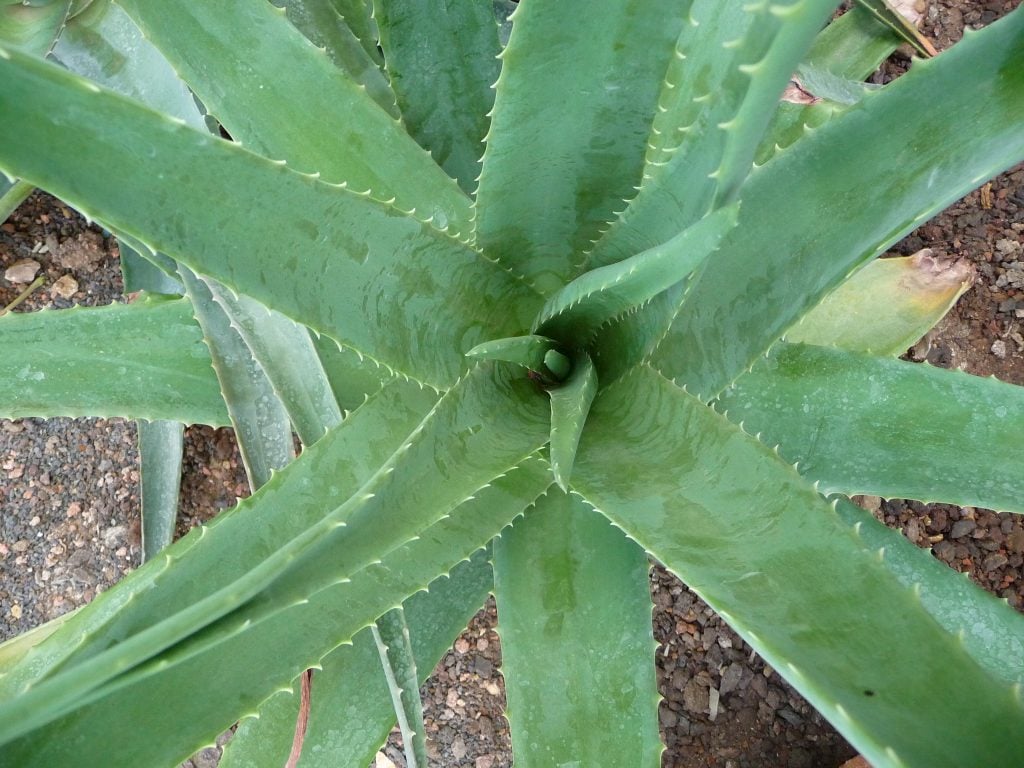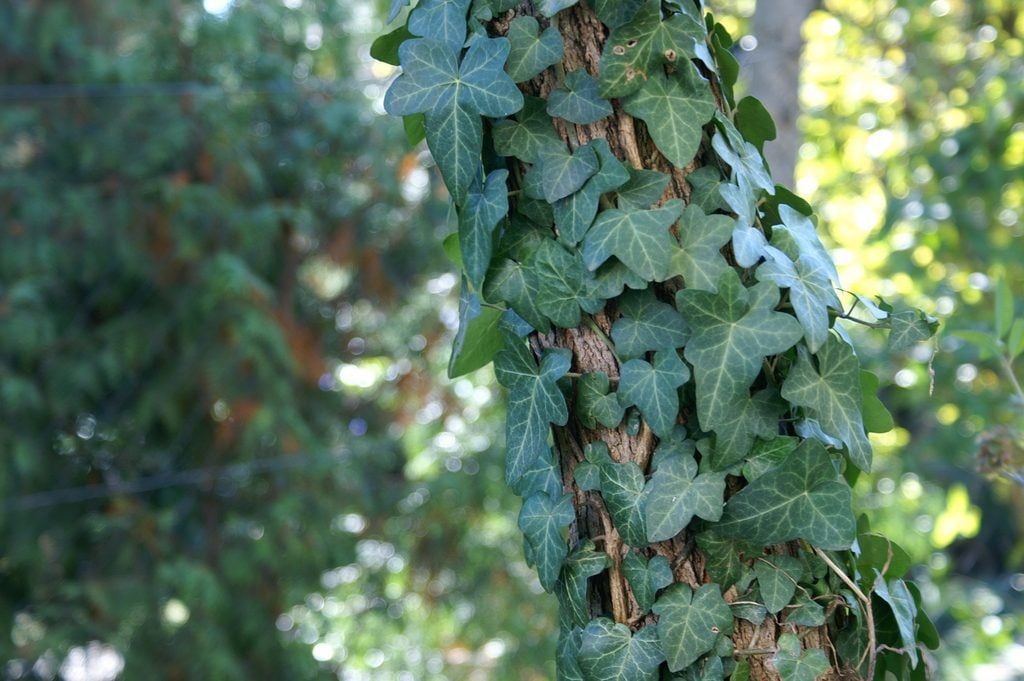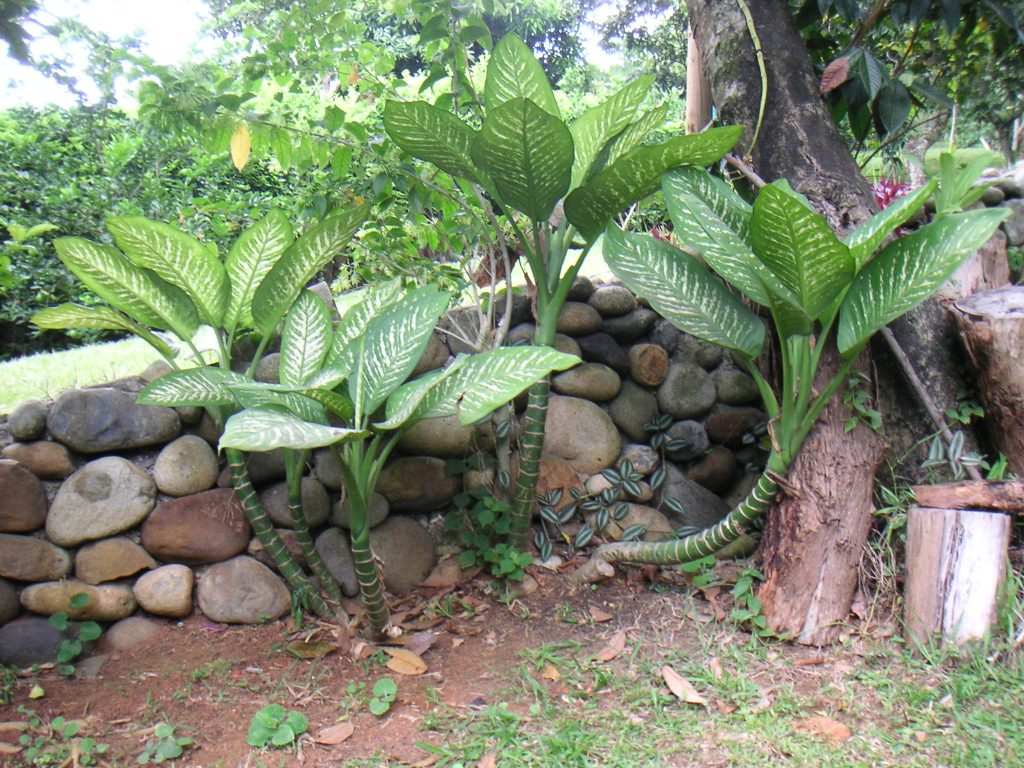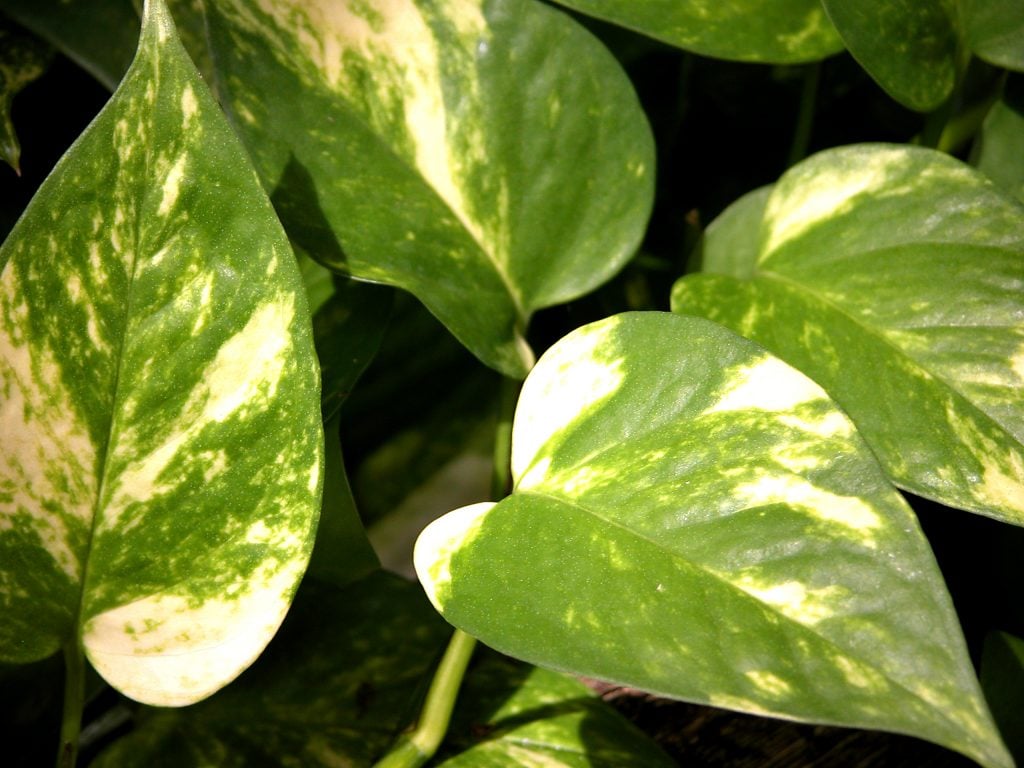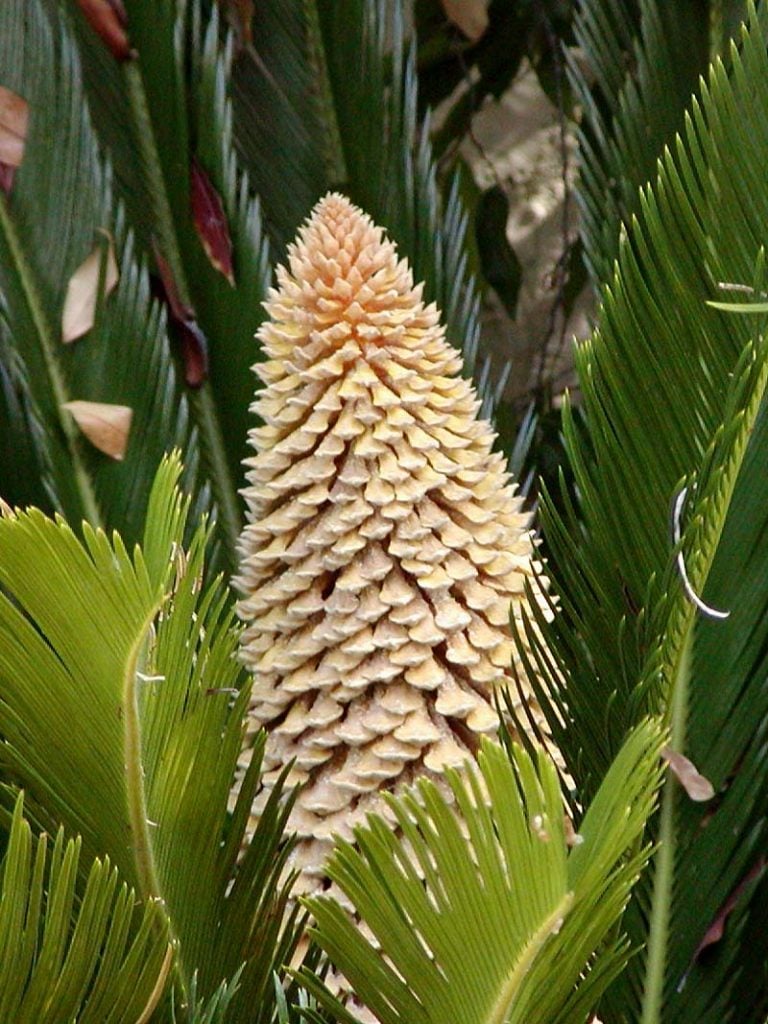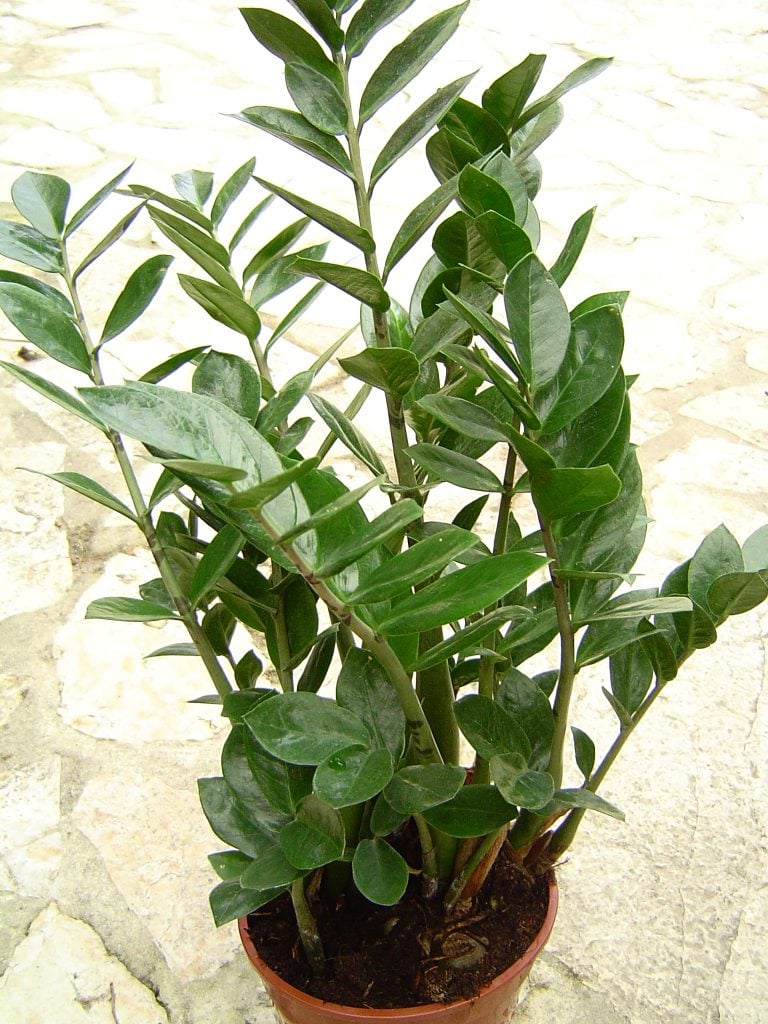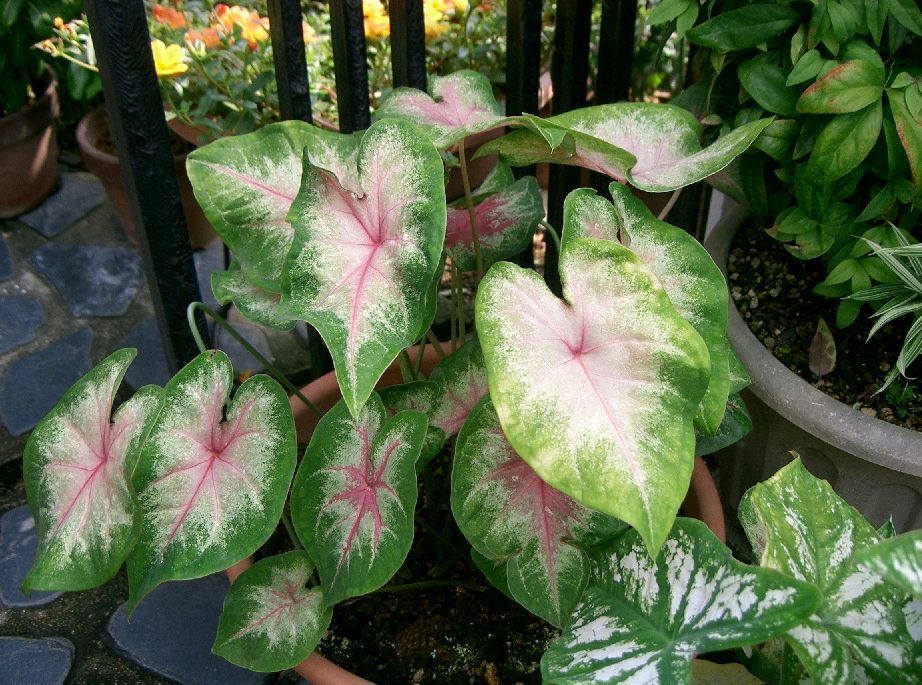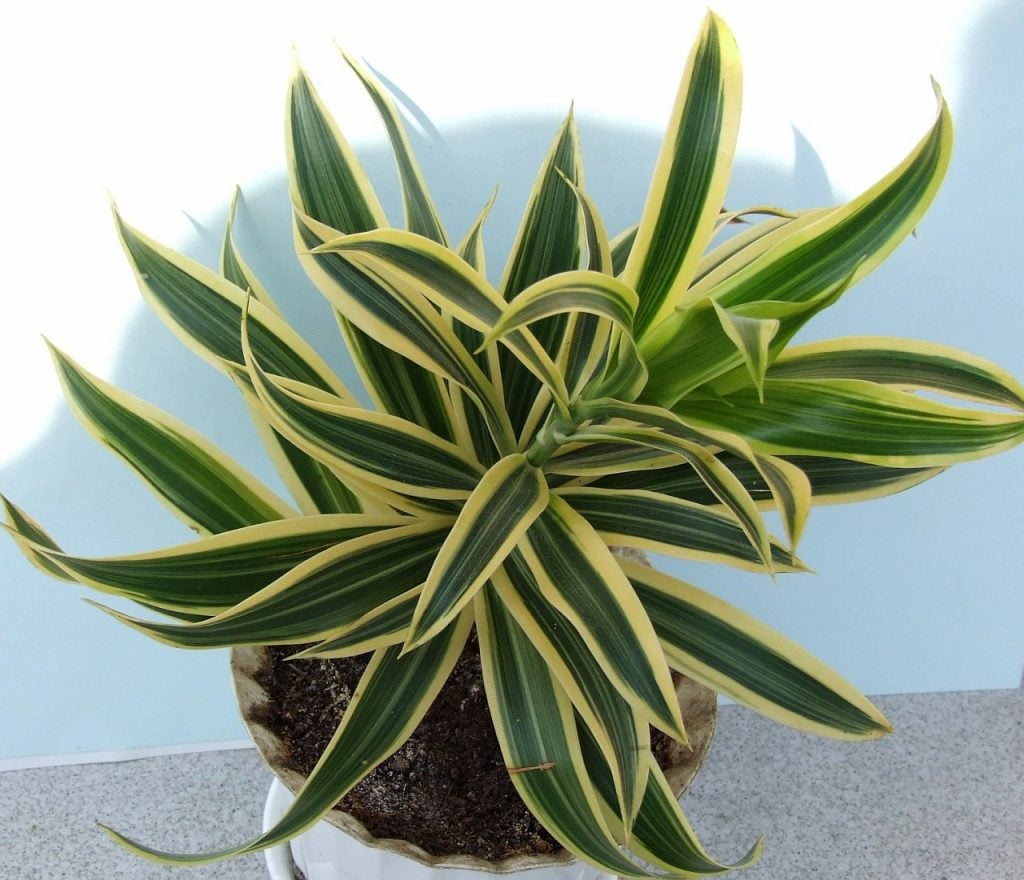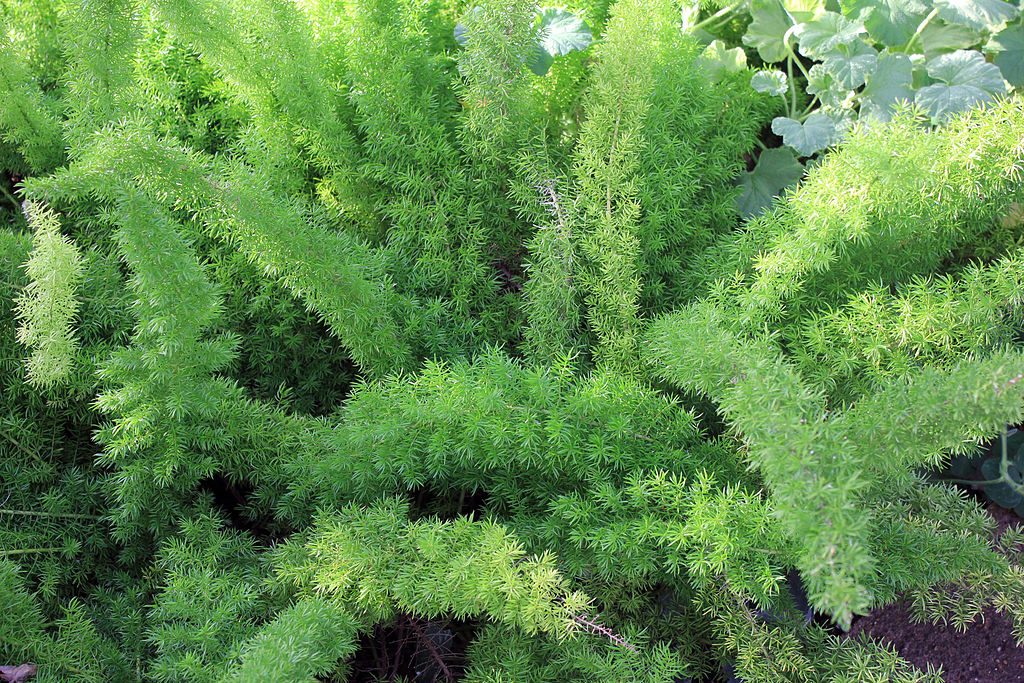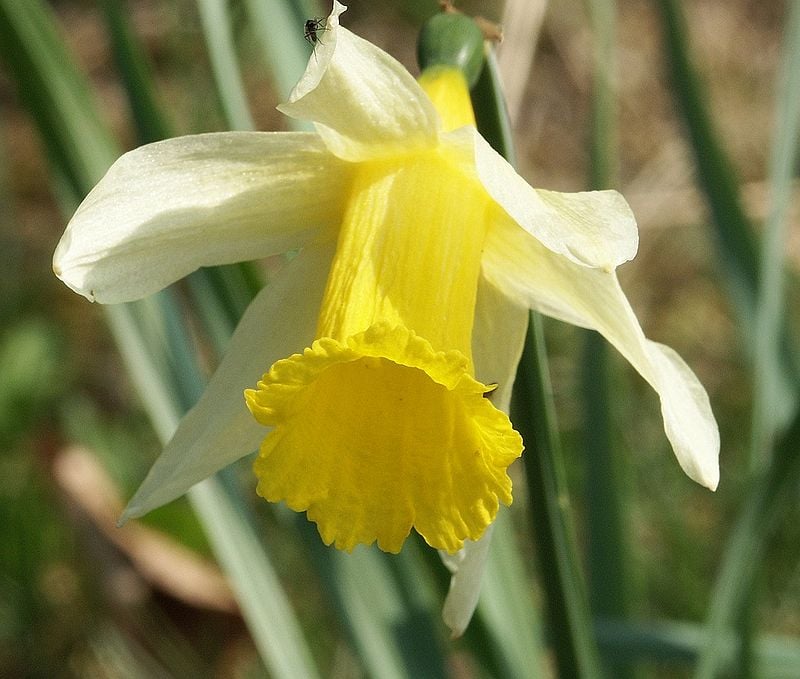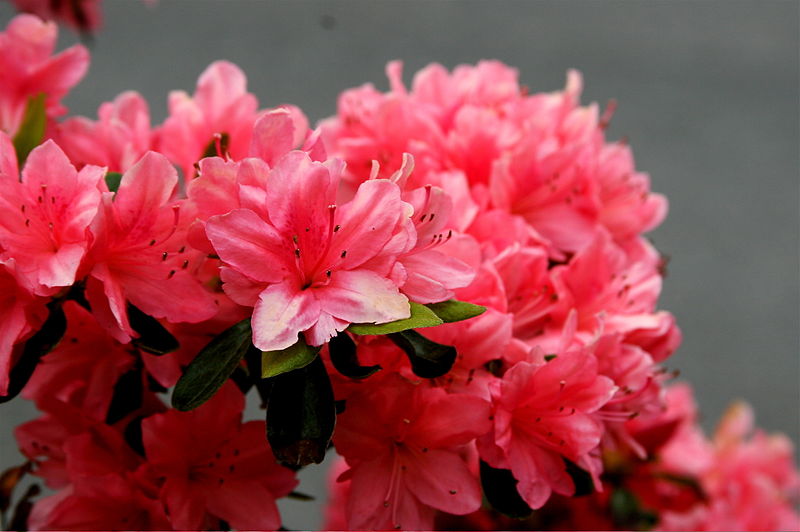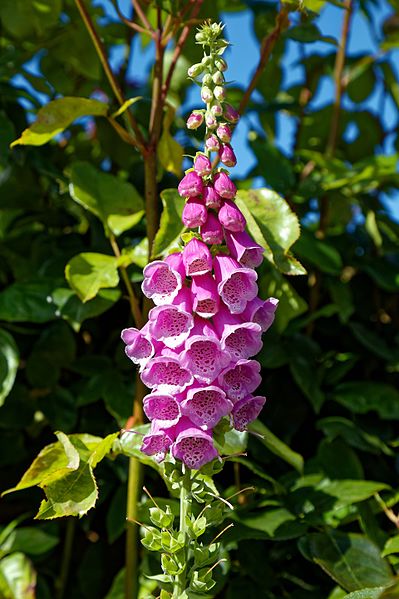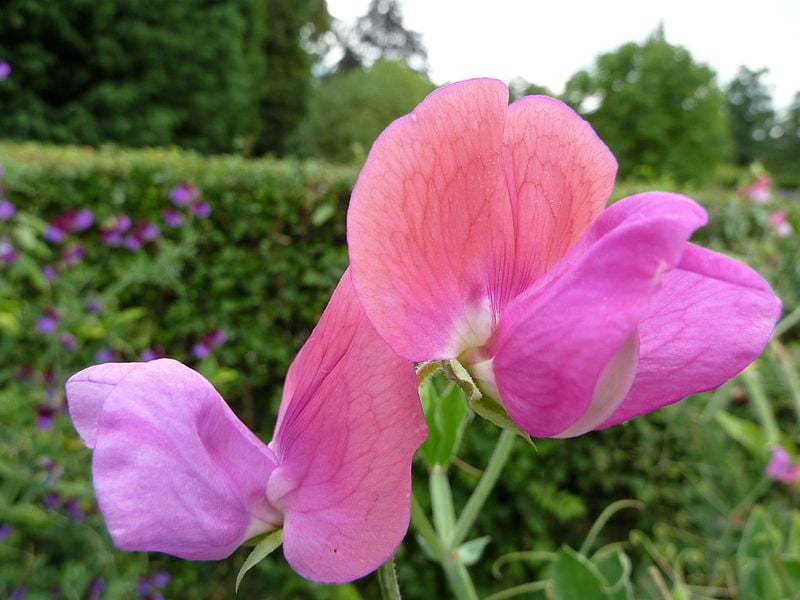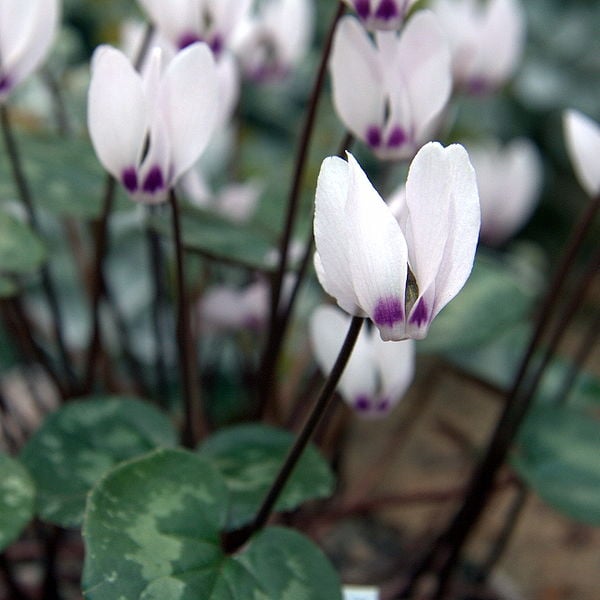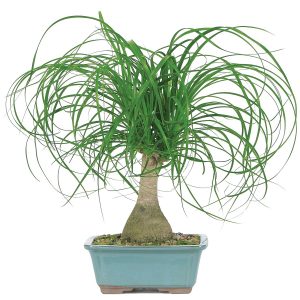- This post contains affiliate links. Read more here.
Dog owners: before you go out and buy a pretty plant, do your research! Some houseplants and common garden plants can be dangerous for dogs—even deadly—so make sure you know before you grow. We’ve rounded up 20 of the most poisonous plants for dogs along with photos for quick identification.
Pro tip: keep a pet first aid kit on hand, whether you assemble it yourself or buy a handy pre-made one.
20 Poisonous Plants for Dogs
1. Aloe Vera
Aloe is on the list of poisonous plants for dogs, even though it’s great for humans. Yes, this stuff is great to have on hand for skin-soothing purposes, but it’s not so fun when your dog decides to munch on a leaf. Topical use of the gel found inside the leaves is no problem, but there are other proponents of the plant that can irritate the digestive system if ingested.
2. Hedera Helix, or “Ivy”
You know it as ivy and it sure looks pretty falling from a bookshelf, but things will get not pretty if you ingest its leaves. Symptoms range from something minor such as breathing difficulties or a rash, and can be as serious as paralysis or even coma, so make sure it’s far out of reach.
3. Crassula Ovata, or “Jade”
Wikimedia Commons/Attilio Mileto
A rubber plant popular for its hard-to-kill properties, crassula ovata, commonly known as jade, is toxic to pets and can cause vomiting and a slow heart rate in addition to a hard-to-identify symptom: depression.
4. Dieffenbachia, or “Dumb Cane”
Wikimedia Commons/Louise Wolff
It’s the common houseplant with an uncommon name. Chewing on the leaves of this low maintenance plant can lead to severe swelling and burning of the mouth and tongue, which can in turn lead to difficulty breathing and in severe cases, death.
5. Philodendron
Like dieffenbachia, philodendron is a popular pick for its low maintenance needs, but if ingested, can result in swelling and burning of the mouth and tongue as well as digestive issues, spasms, and even seizures.
6. Epipremnum Aureum, or “Pothos,” or “Devil’s Ivy”
Wikimedia Commons/Epipremnum Aureum
Like its close cousin philodendron, pothos is a hard-to-kill houseplant with very few needs. Unfortunately, that means it can also cause the same symptoms as philodendron if ingested.
7. Cycas Revoluta, or “Sago Palm”
Sago palm lends an instant exotic look to your home, but every single part of the plant—from the seeds and the roots all the way to the leaves—are poisonous and can cause vomiting, diarrhoea, and in some cases, liver failure.
8. Zamioculcas, a.k.a. “ZZ Plant”, “Zanzibar gem”, or Emerald Palm
Attractive to people with little to no light, the ZZ plant can cause adverse reactions such as vomiting and diarrhoea.
9. Caladium, or “Elephant Ear”
Whatever you call it, caladium is a favourite for its colourful leaves. However, it’s bad news if ingested and can cause swelling and burning of the mouth and tongue, lots of drooling, and vomiting.
10. Dracaena Fragrans, or “Corn Plant”
Wikimedia Commons/Jerzy Opioła
Vomiting—sometimes with blood—is the main symptom when the corn plant is ingested, but it can also lead to appetite loss and depression.
11. Asparagus Fern
It doesn’t just cause vomiting and diarrhoea if ingested, but it can also create skin irritation if your dog is exposed to it repeatedly.
12. Lily of the Valley
Anyone who’s seen Breaking Bad knows that Lily of the Valley is pretty poisonous. If ingested symptoms may include vomiting, diarrhoea, a drop in heart rate, severe cardiac arrhythmias, possible seizures and even death.
13. Hyacinth
These beautiful flowers produce a gorgeous scent but watch out, if your dog eats them they can experience intense vomiting, diarrhoea (occasionally with blood) depression and tremors.
14. Narcissus or “Daffodils”
You know spring’s arrived when you spot daffodils popping up everywhere. Unfortunately though they contain toxic alkaloids that can result in severe gastrointestinal illness, convulsions, seizures, low blood pressure, tremors and cardiac arrhythmias if ingested by dogs.
15. Tulips
Another springtime favourite, tulips are unfortunately another one to keep away from your dog. Ingestion can result in intense vomiting, depression, diarrhoea, hyper-salivation and loss of appetite.
16. Azaleas & Rhododendrons
All parts of all types of these beautiful garden plants are considered poisonous to both pets and humans. If ingested it can cause severe gastrointestinal upset followed by weakness, paralysis, cardiovascular collapse, and death.
17. Colchicum Autumnale or “Crocus”
Keep your little buddy away from these pretty little blooms because if she ingests them she could experience excessive salivation, abdominal pain, diarrhoea, vomiting, gastro-intestinal disorders, a loss of appetite, tremors, convulsions, and seizures.
18. Digitalis Purpurea or “Foxglove”
Although its trumpet like blossoms are very beautiful, Foxgloves are also very poisonous to dogs, cats, and humans. When ingested the results can include cardiac arrhythmias, vomiting, diarrhoea, weakness, cardiac failure, and even death.
19. Lathyrus Latifolius, Lathyrus Odoratus or “Sweet Pea”
Although sweet peas sound like they should be edible, they actually contain a toxic chemical called aminoproprionitrile which causes weakness, lethargy, tremors, seizures, and possibly death.
20. Cyclamen or “Persian violet” or “Sowbread”
This pretty houseplant is very common but it contains irritating saponins which are highly toxic if chewed or ingested by dogs and cats. Symptoms include excessive salivation, vomiting and diarrhoea. If a large amount is ingested it can result in cardiac problems, seizures, and even death.
Safe plants for dogs
Scared? Never fear! Life-threatening reactions are rare, but it’s better to be safe. And there are plenty of options for 100% non-toxic houseplants, too. Looking to brighten up your home and freshen up the air? These are dog-safe:
- Blue echeveria
- “Burro’s tail”
- “Hens and chicks”
- Bamboo
- “Ponytail palm”
Happy planting! Whether you rely on Rover.com to gain insight into dog behaviour, to find out more cool dog facts, or for amazing dog boarding and walking services, we’ve got your back!
_
Top image via Flickr/HackBitz

